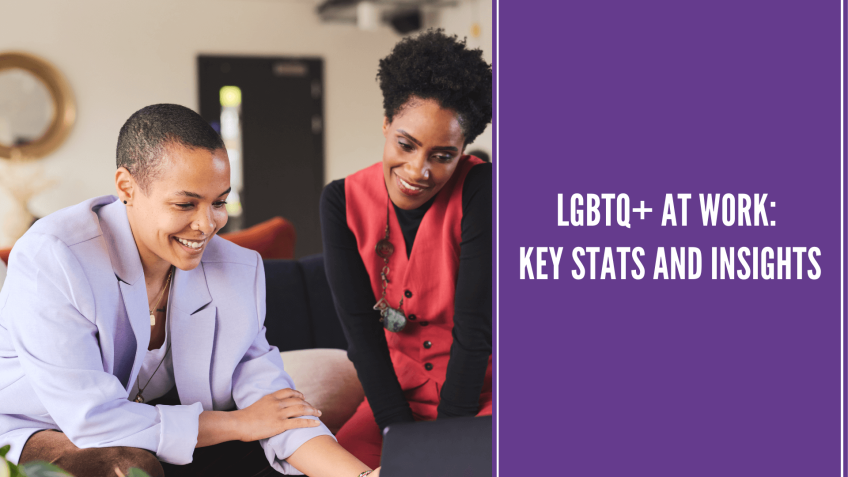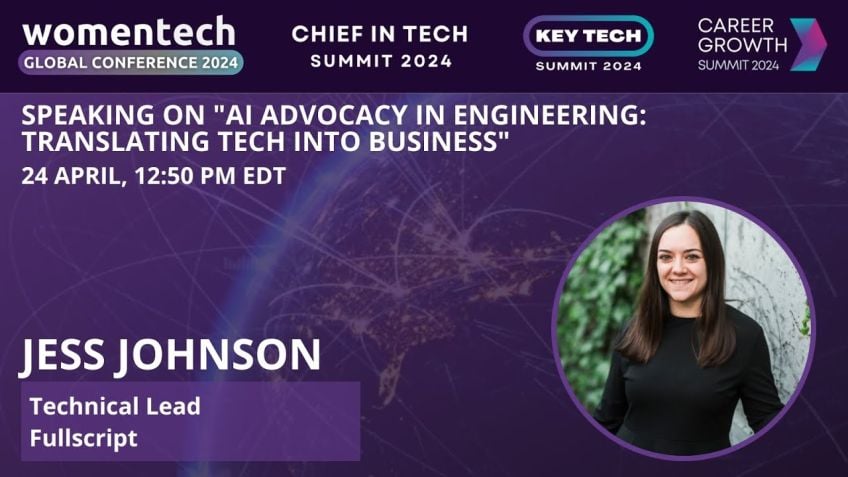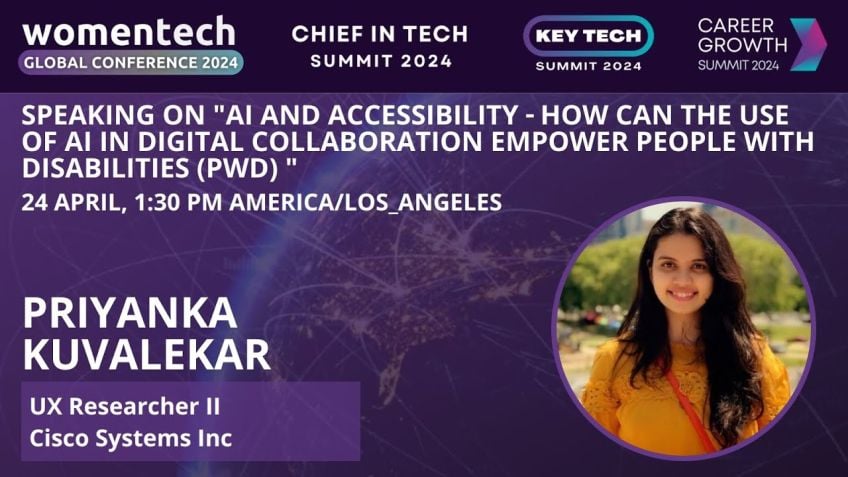How We Can Save the Rainforests with AI
Utilizing Technology for Environmental Protection
Technology has an integral role to play in preserving our environment. Today, let's delve into how such tools can reinforce our conservation efforts and lead the way towards creating a sustainable world.
About Huawei and its Vision
Huawei, a global provider of information, communication technology infrastructure, and smart devices, was founded by the visionary entrepreneur Mr Jen Fei in 1987. What started with a modest $300 funding capital has today sprung into a tech giant that connects over 3 billion people in over 170 countries, employing around 197,000 people worldwide.
With more than 100,500 of its workforce dedicated to R&D, Huawei is committed to developing innovative solutions. Their mission revolves around building a fully connected world, bringing the benefits of technology to everyone, everywhere. Huawei's ambition is about more than just innovation; it's about using technology for good and creating a more sustainable world.
Huawei's Global Tyro Initiative
Huawei's commitment extends to making long-term, nonprofit investments centered around the idea of digital inclusion. The global Tyro initiative aligns with the UN's Sustainable Development Goals, aimed at tackling a wide range of issues from climate change to improving health and education. The goal is to help another 500 million people benefit from digital technology in the next five years.
Huawei’s Tyro initiative is making strides in various areas such as education, health care, entrepreneurship, and the environment, working with partners worldwide to bring these goals to fruition.
Utilizing Technology to Protect the Environment
Given the increasingly fragile state of the environment, conservation efforts are more crucial than ever. Huawei, in partnership with rainforest connection, aids in using technology to conserve natural resources and protect endangered species more efficiently and effectively.
The collaboration increased the efficacy in preventing illegal logging by using Huawei phones to collect data about environmental sounds and provide real-time insights. The intelligent ecosystem they built managed huge quantities of data and refined algorithms, proving effective in forecasting and preventing illegal activities.
The Role of AI in Protecting Wildlife
The partnership went on to explore the potential of Artificial Intelligence (AI) in understanding intricate habitats and studying various animal behaviors. Huawei, with their AI technology, created models to detect and analyze rare animal sounds, providing valuable information about these creatures' whereabouts and emotional state.
One noteworthy instance is the detection of abnormal sounds made by spider monkeys after an earthquake struck in Costa Rica in June 2019. This valuable data can assist biologists and forest rangers in protecting endangered species.
Additionally, the AI model is being employed to study how the movement and noise of ships affect marine wildlife. This data could potentially lead to the development of an early warning system that significantly reduces the risk of ship strikes to whales and other marine animals.
Addressing the Digital Divide
Despite global connectivity improving leaps and bounds, a significant digital divide persists globally, with around 950 million homes still without broadband connections. Huawei aims to bridge this gap and provide everyone the opportunity to succeed.
Through automation and robotics, Huawei is enhancing the efficiency of various industry sectors from media to manufacturing to the electric grid and education. Their innovative ethos provides an exciting glimpse into the future of technology and its potential benefits to society.
Conclusion
Technology can be a powerful tool in addressing some of the world's most significant challenges like preserving the environment and bridging the digital divide. Openness, collaboration, and a shared vision for the greater good are essential to make meaningful progress in these areas. Together, let's utilize technology to protect and preserve our environment for generations to come.
Video Transcription
Thank you everyone for joining today. I would like to uh talk a little bit about how we can use technology to protect our environment. Uh Again, my name is Joy Tan. I'm the senior uh vice president of Public Affairs at Huawei in the US.And as uh today, I, I would really like to talk about how um you know, protecting environment is more important than ever before I dive into the great work we can we're doing in this area. I would like to tell you a little bit about Huawei to give you some background. Huawei is a leading global provider of information and communications, uh technology, infrastructure and smart devices. The company was founded in 1987 by a 42 year old entrepreneur, Mr J Jen Fei, together with several other partners, they only had about $300 in funding capital, but they had a big vision. Huawei was founded with the mission of building a fully connected world to bring the benefits of technology to everyone everywhere. Today, Huawei connects 3 billion people in more than 100 70 countries and the company has more than 100 97,000 employees worldwide. More than half of Huawei's workforce.
100 and 5000 people are dedicated to R and D to develop new types of innovations and possibilities for technology to improve our everyday lives. Innovation is truly in Huawei's DNA as connectivity opened up new possibilities for consumers and businesses. It is imperative that we all remember the bigger picture in our day to day lives, how to use technology for good, making people's lives better and creating a more sustainable world. Through our global Tyro initiative, Huawei is committed to making long term nonprofit investment that are centered around the idea of digital inclusion, making sure no one gets left behind in the digital world. Tyros programs are aligned with the UN S sustainable Development goals aimed at solving a wide variety of issues from tackling climate change to improving health and education. Taro's goal is to help another 500 million people benefit from digital technology in the next five years.
Tech for is also working closely with global partners such as UN agencies, NGO S research institutes, governments and businesses to make this goal a reality tech for all focused on high impact domains to help build a fully connected sustainable and intelligent world. Everyone everywhere has the right to education and the equality of opportunity. It brings one exciting education initiative is the digital mobile classroom that Huawei built with its partners. The digital provides training for digital skills in remote regions in Kenya and has already benefited nearly 800 people.
Health care is another basic human right. I everybody should have access to Tyrol is committed to providing accessible medical services so that health issues can be prevented or treated. Additionally, Tyro is building digital platforms that connect health care providers and underserved communities with remote collaborative solutions.
Furthermore, there are tech role programs focused on working with hospitals, medical researchers and BioPharma to make health care breakthroughs using A I and other digital technologies. Tetro is also working to eliminate economic development gaps by encouraging entrepreneurship and helping to create jobs through equal access to digital resources.
Finally, tech four is focused on helping to protect the fragile environment in the f in the following slides, I will go into greater details about this area of focus. Protecting the environment needs to be one of our top priorities as a society, tech roles programs are using technology to conserve natural resources and protect endangered species more efficiently and effectively. Through tech for Huawei is working with the nonprofit conservation organization rainforest connection to on a number of uh projects around the world. Rainforest connection was founded in 2014 by Tober White. The idea to start organization came to tour when he was volunteering to protect Gibbons from illegal logging in Indonesia. He saw firsthand how relying on manpower alone to discover and prevent illegal logging is extremely time consuming and ineffective. He came up with the idea of upset in Huawei phones to collect data about environmental sounds and listen for illegal logging in real time. Due to the challenges of of managing this huge amount of data and optimizing algorithms. Rainforest connection needed systematic technical support to upgrade their solutions.
The organization teamed up with Huawei to develop a fully integrated intelligent ecosystem including collection equipment, storage services and intelligent analysis. Since then, rainforest connection has launched projects in 17 countries across five continents. Babe and rainforest connection have helped to protect an estimated 6000 square kilometers of rainforest and 4 billion trees reducing carbon dioxide emissions by 300 million tons based on rainforest connections, original illegal logging monitoring model. H harnessed his advanced A I service to develop an intelligent algorithm that could accurately identify chainsaw and logging track sound. At the beginning of the project, rainforest connection reported that the buzzing of mosquitoes was often being misreported as chainsaws. So Huawei had to retrain the model with audio data from mosquitoes after repeated testing and refining. The latest model can detect 96% of chainsaw events and report the sun's location to forest rangers so they can respond right away. Costa Rican rangers traditionally have to spend a lot of time and effort patrolling all corners of the rainforest to prevent illegal logging. So this A I model helps rangers to focus their efforts where it's needed the most so they can help protect wider areas of land. And pictured here with Tofer in the red woods as he was showing me how to install rainforest guardian. It was quite an incredible experience playing high in the air with a spectacular view of the wilderness all around me.
It really made me realize the scale and majesty of the ecosystem that humanity is at risk of losing. As Huawei started working with the rainforest connection, we discovered what else is possible beyond identifying illegal logging, specifically learning about these complex habitats by listening, using A I, we can identify the sounds of various animals and learn more about them.
For example, in Costa Rica, rainforest connection is using our A I technology to protect endangered species like the spider monkey. These rare monkeys played an important role in maintaining their ecosystem by spreading seeds throughout the Costa Rican rainforest. But to protect something, you first need to find it locating spider monkeys in the vast rainforest is incredibly difficult. Huawei helped rainforest connection to build an intelligent model that detects and analyzes their song. The model provides information about the primates, whereabouts and emotional state.
One interesting example is when an earthquake struck in Costa Rica in June 2019, the A I sound model accurately picked up the spider monkeys making abnormal sounds in the middle of the night after the earthquake, Huawei and rainforest connection expect to collect more than 450 years worth of audio data.
All this information will help rainforest connection to better understand the spider monkeys living habits and conditions so that forest rangers and biologists can protect the endangered species in Ireland rainforest connection. Recently kicked off a project with ocean research and conservation to use Huawei's A I technology to better understand how the movement and noise of ships affects whales, dolphins and other marine wildlife. Today, ocean noise levels are at least 10 times higher than they were a few decades ago.
Researchers believe that sound pollution can do as much damage to marine life as overfishing pollution and climate change causing behavioral changes that interfere with the health and safety of the animals. The small whale sounds project will provide a much greater understanding of what is happening on ocean floors specifically helping with the identification and classification of species in Irish waters, their distribution and behavior and how noise pollution is changing these patterns. In the long term.
It could potentially lead to the development of an early warning system that will enable ships to reduce their speed speed in time to lessen the considerable risk of uh well ship strikes. The the project is using underwater microphones to record the calls from whales in real time and train sophisticated machine learning models to identify different species calls. The goal is to create a marine wildlife detection and classification model which has the potential to be applied to other projects across the globe by better understanding marine life distribution and behavior and how noise pollution impacts them. Researchers can optimize conservation efforts and help shape policy decisions.
For years to come. Of course, technology has many more applications beyond protecting the environment. Advancements in connectivity have changed virtually all aspects of our lives from how we use our smartphones and devices in general to how things are manufactured to how we interact with the world around us.
For consumers, connectivity has opened up a new world of possibilities. The three G era ushered in apps for almost everything. I imagine imaginable from right share services to grocery shopping to new social platforms. The four G era drove the streaming revolution and the five G promises to reshape the user experience in ways. We can't even imagine yet through the IOT and more. Now in Switzerland, you can live stream HD video of the mountain slopes while you're skiing in Korea. You can use a five G smartphone to watch a live game from any angle you want 360 degrees. You can also make the camera follow your favorite player throughout the entire game. That is a truly personalized experience. A RVR is also becoming more prevalent providing new and immersive experiences as people have been spending more time at home during the pandemic. Connectivity has truly become a lifeline enabling people to check in with their family and friends work remotely, take advantage of telehealth services, take classes online and much more. However, even as the world feels more connected, the digital divide is still a huge problem around the globe worldwide.
950 million homes still have no broadband connections and 80% of those that are connected still need faster speeds. Even in the US 14% of Children ages between three and 18 don't have internet access at home. Meaning that more than 9 million school Children face difficulty when they try to complete assignments online. It is absolutely critical to bridge this digital divide. So everyone has the opportunity to succeed. Connectivity has been a major catalyst for technology innovation and economic growth benefiting every industry from media to manufacturing to the electric grid and education consider how connectivity, automation and robotics have made manufacturing more efficient than it's ever been.
It's not possible for every machine in the factory to become connected, sending a wealth of information to the cloud. So companies can optimize their production processes as we think to the future of innovation. It is important to remember that everybody needs to do their part to help solve society's biggest challenges like protecting endangered species and bridging the digital divide. As they say you are the company you keep, that's why openness and collaboration are essential for shared success rather than prioritizing what's good for one group of people. We as a culture must focus on the greater good. Those of us in the tech industry can help move the needle in the right direction by collaborating with the public sector to prioritize policies that drive sustainable development and have a low impact on the environment. Collaboration between companies and countries can truly drive meaningful progress and less change by working together. We can all help to protect the environment for generations to come. There are a few key takeaways. I want, I want to leave you with. The first is the importance of using technology for good A I and other next generation technologies have enormous potential to help protect the planet and incredible diversity of species. We share this beautiful work with the second thing is to keep in mind is the need for digital inclusion.
As the world gets more and more connected, we cannot leave anyone behind. Finally, we should all remember the vital role that collaboration plays in driving meaningful progress and lasting change. No, I want to see if there's any questions I can help answer. OK. All right. Thank you everyone for joining. Uh There's a question about how do we measure uh the impact? Well, that I think there's a question from Wilma, how do we measure the impact? Um I think uh it is very hard to measure at this point. And um but just with the rainforest connection project, we are um running 17 projects in five continents and we're measuring the carbon emission reduction and we'll continue to track those uh projects and then the carbon carbon emission uh numbers and those are some of the things that we can track.
But, but of course, um globally, there are so many projects and we'll continue to work with UN and other NGO S and businesses and governments to raise awareness and um continue to make the impact through technology. All right, if there's no other questions, uh Th thanks everybody for joining.





